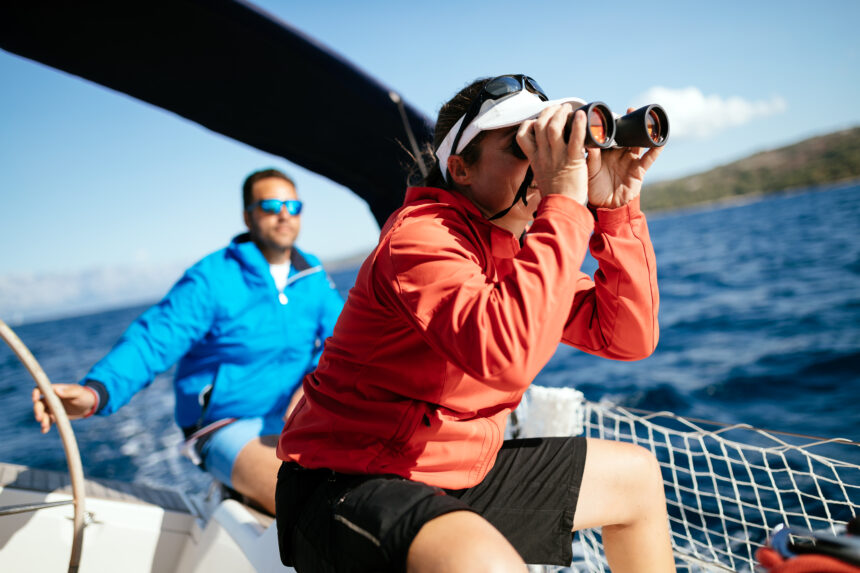Whale watching plays a significant role in marine conservation efforts worldwide, contributing to awareness, research, and sustainable practices that protect whale populations and their habitats. Here are key aspects of its impact:
Promoting Conservation Awareness: Whale-watching tours provide direct encounters with these majestic creatures, fostering public appreciation and awareness of marine biodiversity and conservation issues. Seeing whales in their natural habitat often inspires people to support conservation efforts and advocate for marine protection.
Funding Conservation Initiatives: Revenue generated from whale watching tours often funds marine conservation research, education programs, and habitat protection initiatives. This financial support contributes to scientific studies on whale behavior, migration patterns, and population dynamics, which are crucial for effective conservation strategies.
Supporting Local Economies: Whale-watching tourism stimulates local economies in coastal communities, providing jobs for guides, boat operators, hospitality staff, and businesses catering to tourists. Sustainable whale-watching practices encourage economic growth while promoting conservation ethics and responsible tourism.
Monitoring Whale Populations: Whale-watching activities contribute valuable data to scientific research through citizen science programs and collaborations with marine biologists. Observations of whale sightings, behaviors, and health conditions help monitor population trends and assess the effectiveness of conservation measures.
Advocating for Marine Protected Areas (MPAs): Successful whale-watching destinations often advocate for the establishment and expansion of Marine Protected Areas (MPAs) where whales and other marine species can thrive undisturbed. MPAs provide essential habitats, feeding grounds, and breeding areas crucial for whale survival.
Implementing Sustainable Practices: Responsible whale-watching operators adhere to guidelines and regulations that minimize disturbance to whales and their habitats. Practices include maintaining safe distances from whales, limiting tour duration and frequency, and educating tourists about respectful behavior around marine wildlife.
Educational Opportunities: Whale-watching tours offer educational experiences for tourists of all ages, teaching about marine ecosystems, biodiversity, and the importance of conservation. Informative commentary from trained guides enhances visitors’ understanding of whales’ ecological roles and the conservation challenges they face.
Mitigating Human-Wildlife Conflict: By promoting responsible interactions with whales, whale watching reduces potential conflicts between marine wildlife and human activities such as shipping, fishing, and offshore development. This harmonious coexistence supports sustainable marine ecosystems and biodiversity.
Global Conservation Impact: Whale watching contributes to global conservation efforts by raising awareness of threats such as habitat loss, climate change, pollution, and entanglement in fishing gear. Advocacy campaigns supported by whale-watching communities influence policies and practices that protect marine environments worldwide.
Whale watching serves as a powerful tool for marine conservation, combining tourism with education, research, and advocacy to safeguard whales and their habitats for future generations. Responsible engagement with these iconic species fosters a deeper connection to marine conservation efforts and promotes sustainable practices in coastal communities worldwide.




